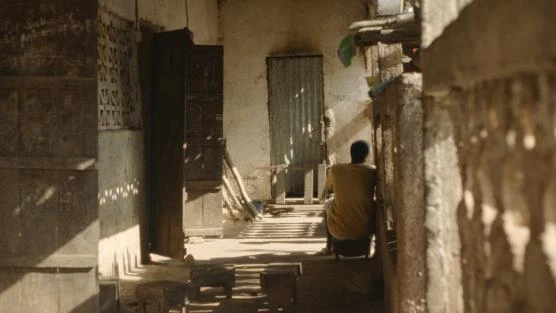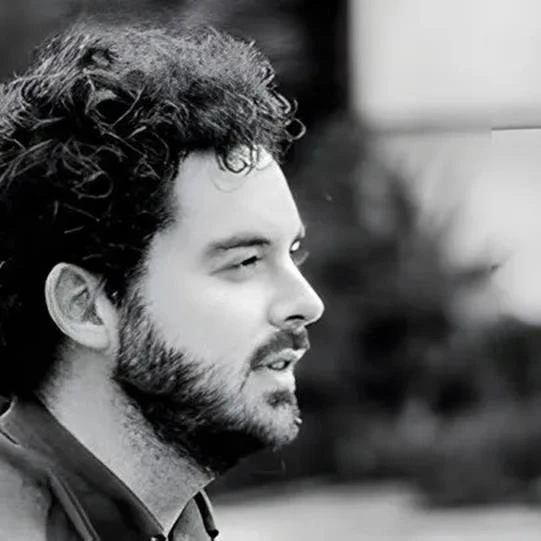International Feature Film Competition
A life reduced to a clip is rebuilt through the voices of those who knew him. Refusing easy answers, the film sets the viral image against a patient, dignified chorus of parents, siblings, and friends, whose words carry poetry, doubt, and love. The result is a reverse shot of a collective wound: an intimate work where sound leads image, time stretches to allow grief to speak, and witness becomes a form of care.
A life reduced to a clip is rebuilt through the voices of those who knew him. Refusing easy answers, the film sets the viral image against a patient, dignified chorus of parents, siblings, and friends, whose words carry poetry, doubt, and love. The result is a reverse shot of a collective wound: an intimate work where sound leads image, time stretches to allow grief to speak, and witness becomes a form of care.
▶ Watch Trailer
In January 2017, a mobile-phone video captured a young Gambian man in Venice’s Grand Canal as onlookers hurled insults from the shore. Rather than repeating those images, this film travels 2,500 miles to sit with the family who loved him, inviting them to piece together what preceded the tragedy. Speech takes precedence over spectacle: testimony unfolds in Fula, alive with pauses, textures and differing beliefs. The choice to include the viral footage only at the beginning is both ethical and narrative: a wound acknowledged, then countered by time, care and attention.
As the family’s words gather, a portrait emerges of migration routes, horizons and returns; of community rituals and the everyday courage of those who remain. The imagery is calm; it does not overwrite pain but steadies it, offering a counterweight to the clip that first shocked the world. No single explanation is offered; the Italian investigation yielded hypotheses, not certainties. By holding space for ambiguity, the film asks us to consider how grief is shaped by distance, language and faith, and how communities define care when institutions do not. In returning identity to a name consumed by virality, it restores the possibility of mourning and of seeing beyond the frame.
In January 2017, a mobile-phone video captured a young Gambian man in Venice’s Grand Canal as onlookers hurled insults from the shore. Rather than repeating those images, this film travels 2,500 miles to sit with the family who loved him, inviting them to piece together what preceded the tragedy. Speech takes precedence over spectacle: testimony unfolds in Fula, alive with pauses, textures and differing beliefs. The choice to include the viral footage only at the beginning is both ethical and narrative: a wound acknowledged, then countered by time, care and attention.
As the family’s words gather, a portrait emerges of migration routes, horizons and returns; of community rituals and the everyday courage of those who remain. The imagery is calm; it does not overwrite pain but steadies it, offering a counterweight to the clip that first shocked the world. No single explanation is offered; the Italian investigation yielded hypotheses, not certainties. By holding space for ambiguity, the film asks us to consider how grief is shaped by distance, language and faith, and how communities define care when institutions do not. In returning identity to a name consumed by virality, it restores the possibility of mourning and of seeing beyond the frame.

